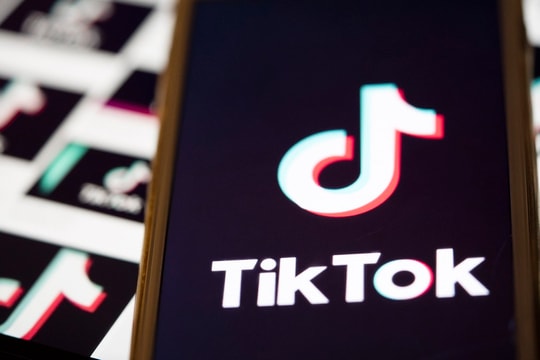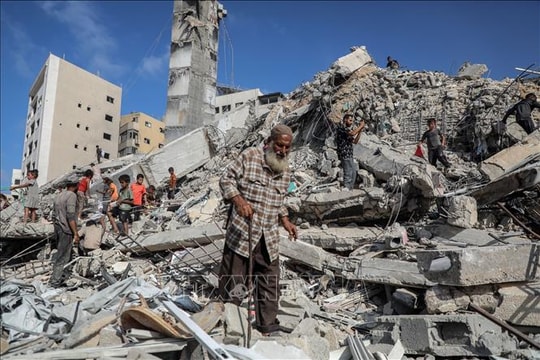COP21: Sweet fruit after many hardships
(Baonghean) - After nearly 2 weeks of intense work with the most intense marathon negotiating days ever, the 21st Conference of the Parties to the United Nations Framework Convention on Climate Change (COP21) in Paris, France finally approved an agreement on climate change. The road to the goal of this "historic" agreement is extremely thorny. The countries and territories participating in the negotiations understand that they must overcome all disagreements because this is the last chance for humanity to join hands to "save" the Earth.
"Tears of joy"
The final agreement of COP21 was approved by 195 countries and territories on the night of December 12 (Vietnam time), one day later than originally scheduled. When French Foreign Minister Laurent Fabius - President of COP21 announced the end of negotiations, the applause in the conference room lasted for several minutes, many people cheered with joy and shed tears because the tireless efforts after many days of intense negotiations had brought "sweet fruit".
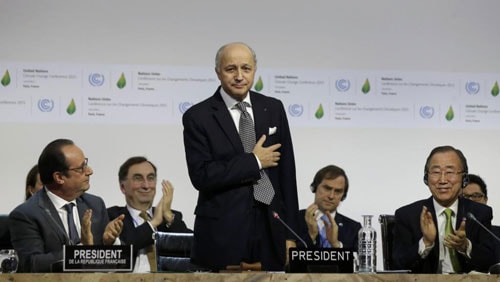 |
| : French Foreign Minister and COP21 President Laurent Fabius presented the final draft agreement at Le Bourget. Photo: Reuters. |
With 31 pages and 29 articles, the Paris Agreement set a ceiling for the Earth's temperature by 2100 of no more than 2 degrees Celsius.oC, with the recommendation “determination to reach 1.5oC”. To achieve this goal, the agreement calls for achieving a balance between man-made emissions and the Earth's ability to absorb them, so countries must transition to cleaner energy sources such as solar and wind power and improve energy efficiency.
Some countries are also pushing ahead with nuclear power, which produces no greenhouse gases. Countries are required to review their emissions reduction commitments every five years, with each pledge being higher than the previous one. The first review will take place in 2025.
Another important point in the Paris Agreement is that developed countries must provide financial support to combat climate change for developed countries. Specifically, developed countries are obliged to mobilize 100 billion USD/year to help developing countries from now until 2020 and this level of support will be maintained until 2025.
Next, a new target will be set with a floor support level of 100 billion USD. In addition to financial support, developed countries must also take the lead in efforts to reduce greenhouse gas emissions. Regarding the correlation of responsibilities between the two groups of developed and developing countries, the issue of “loss and damage” has been included for the first time in the agreement. Accordingly, rich countries will have to compensate poor countries for the consequences of climate change in the spirit of “all parties increasing exchange, action and mutual assistance”.
Put aside differences for a common goal
Each negotiating delegation that comes to Paris brings with them calculations on how to ensure the implementation of common obligations, but also ensure the immediate benefits for their own country. And that is the root cause of the three topics that have caused the biggest disagreements during the nearly 2 weeks of negotiations: the target of limiting temperature increase, the sharing of efforts to reduce emissions between developed and developing countries, and financial contributions.
Regarding the goal of limiting temperature increase, about 100 countries demand to keep the Earth's temperature increase to no more than 1.5°C compared to the pre-industrial period, especially island nations, which are threatened by rising sea levels. However, this goal is strongly opposed by some major oil-exporting countries such as Saudi Arabia and Russia. Finally, the number 1.5oC is only at the recommended level, while the official target is 2.oC.
In terms of sharing the effort to reduce emissions, developing countries insist that rich countries should shoulder most of the responsibility because they have emitted most of the greenhouse gases since the industrial revolution. The US and other rich countries argue that emerging economies should also shoulder the responsibility because these countries also emit a lot of greenhouse gases.
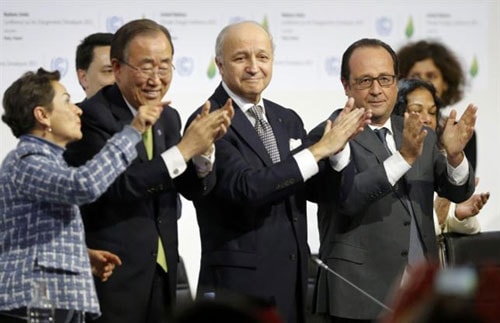 |
| UN Secretary-General Ban Ki-moon, French Foreign Minister Laurent Fabius, and French President Francois Hollande were pleased with the results of COP21. Photo: Reuters. |
However, the good news is that the two countries that can be considered the leaders of the developed and developing blocs, the US and China, have made quite strong commitments at this conference. Specifically, China pledged to cut greenhouse gas emissions by 60-65% per unit of GDP before 2030, while the US promised to cut CO2 emissions by 26-28% by 2030 compared to 2005 emissions. This can be seen as a "push" for countries on both sides to make their final commitments.
Financially, poor countries believe that global warming is caused by industrialized countries. Therefore, those countries must support poor countries in climate change. But the US and Western European countries oppose this view. According to them, the country that is currently the biggest polluter is China, not industrialized countries.
However, in the end, rich countries also gave in and accepted the commitment made in 2009 with a support level of 100 billion USD/year. Notably, to ensure the mobilization of 100 billion USD, developed countries no longer want to be the only countries contributing financially but must have more countries such as China, South Korea, Singapore, oil producing countries, etc.
Opportunity to "save" the Earth
If COP21 fails to reach an agreement, what will happen to Earth? It is a vision of ever-expanding deserts, droughts, floods, and wildfires, of wars over water, of failed crops, of islands and densely populated coastlines disappearing beneath the sea. So the Paris climate change conference was seen as the last chance to change this dire scenario. And fortunately, negotiators seized it.
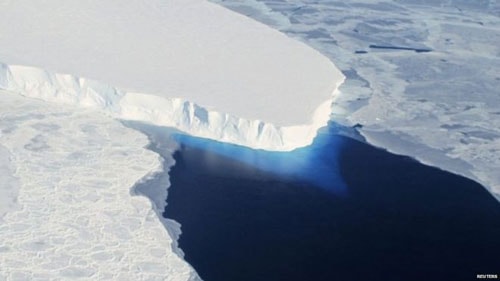 |
| COP21 pledges to keep global temperature rise to no more than 2 degrees CelsiusoC. Photo: Reuters. |
COP21 adopted a new agreement to replace the Kyoto Protocol in 2020, and what makes people hope for this new agreement is that it is legally binding, bringing all countries into the fight against climate change. Compared to the original draft of 54 pages, the final agreement at COP21 is only 31 pages with many provisions reduced. US President Barack Obama - representing the country with the highest greenhouse gas emissions in the world also admitted that "no agreement is perfect, including this climate agreement".
However, reaching this agreement is still considered a "victory for the entire planet and for future generations" - as US Secretary of State John Kerry said. UN Secretary General Ban Ki-moon did not hesitate to use "winged" words to praise this agreement: "The Paris Agreement on climate change is a great success for the planet and its people. Today, we can finally tell our children that we have joined hands for a better world for future generations." Future generations will look back on December 12, 2015 as a milestone in the birth of a historic treaty from the determination to "save" the Earth of today's generation.
Thuy Ngoc

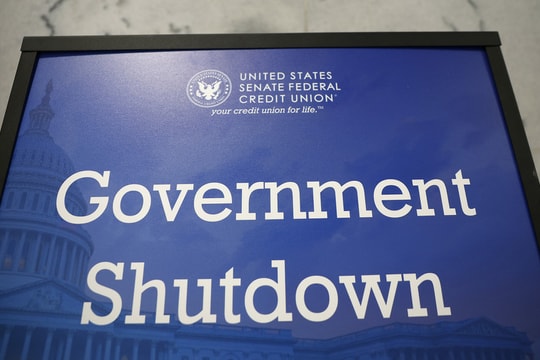
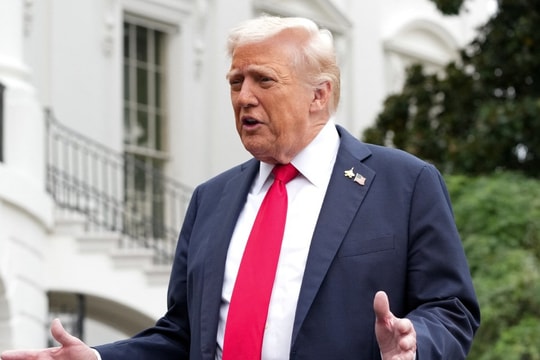
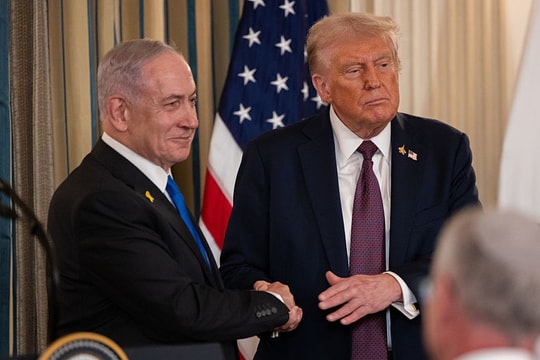
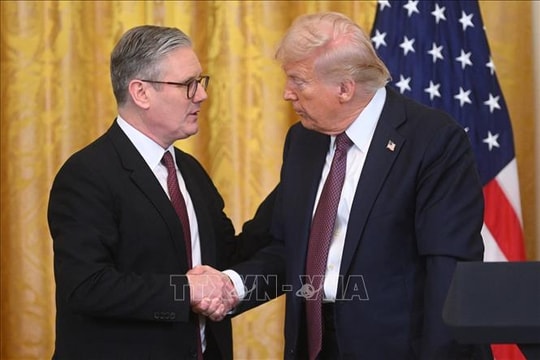
.jpg)
